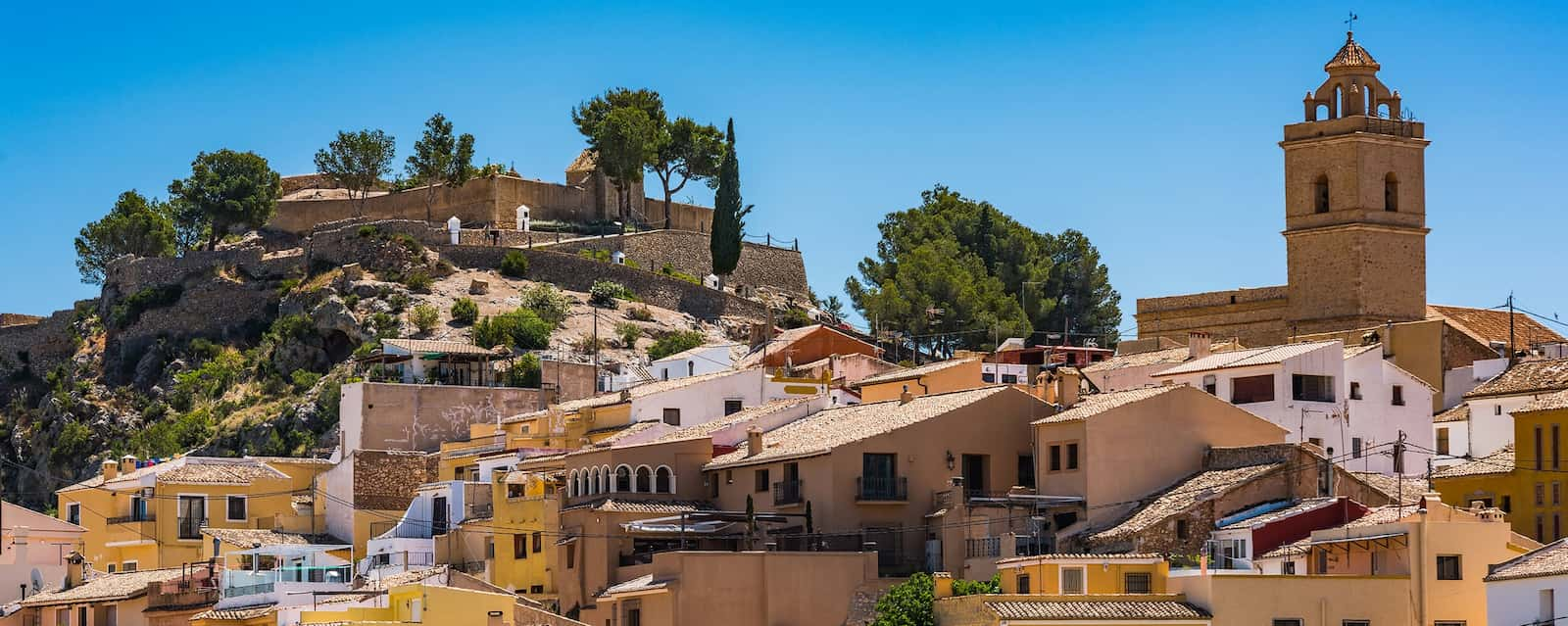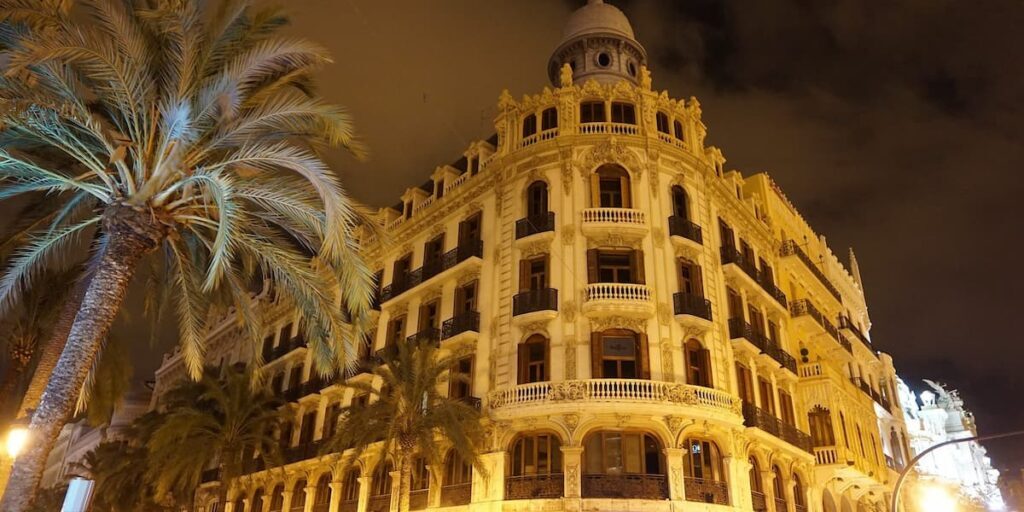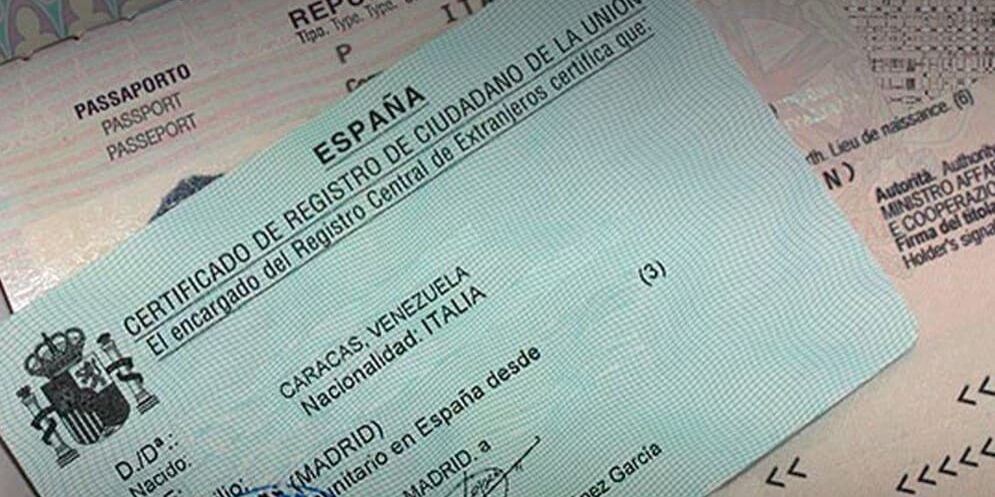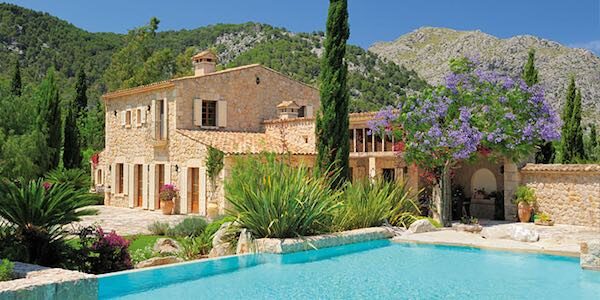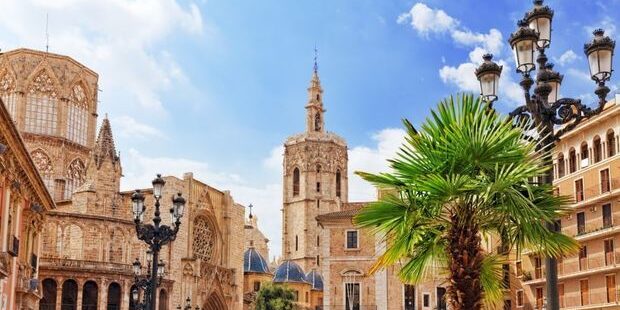The difference between a finca rústica and urbana
After enough research, you have made the decision to invest in a property in Spain. The next step is to find a property that meets your wishes. Will you go for a rustic finca or an urbano type anyway? In this, it is very important to weigh all the pros and cons of the different types of homes. We'd love to help you with that!
What is a finca?
If you've been to Spain more often, you've probably heard of a "finca". What many people picture here is a farmhouse or country house in a beautiful rural setting, but actually a finca is nothing more than a plot of land, with or without buildings. In Spain, they know different types of fincas. For each finca, it is laid down in the Plan General de Ordenación Urbana (zoning plan) what type of use is allowed for that particular finca.
We briefly explain the different types of zoning plans:
Finca Rústica

It sounds very idyllic, a finca rústica. Perhaps you immediately have an image in mind of a real Spanish country house on a quiet plot. Unfortunately, this is not quite the case (yet). In reality, a finca rústica is a piece of land that is not zoned for housing. For example, they are often pieces of agricultural land, natural areas or forests.
It is good to consider why you want to invest. After all, do you have the idea of building or refurbishing a property, only to sell it again? For Spanish people, it is often already very difficult to finance or sell a finca rústica. So ask yourself carefully whether you want to take that risk as a foreigner (non-resident).
Want a finca rústica with an existing property? Keep in mind that it is often located in rural areas. A remote location with few facilities within a short distance.
Few banks finance this type of housing because:
- There are often defects in rústica homes. Think illegal square metres or permits that are missing.
- The property is located in a non-popular area. If the mortgagor fails to pay her mortgage and the bank takes this collateral as bank collateral, it will be difficult to be able to sell this property.
Important check: the valuation report
The property valuation is hugely important, as this is often where defects in the property are revealed. An example is that the property is 100 square metres, but there is only 75 square metres legally registered. Only legally registered meters can be appraised, resulting in a lower appraisal value.
Other aspects that may emerge in the appraisal report include certain advertencias or condicionantes or missing permits that are included in the appraisal report, preventing a bank from financing. So it is important to take a good look at the valuation report beforehand.
Do you prefer to build a property? This is certainly not impossible, but it is an incredibly difficult process, especially when it comes to a Spanish mortgage. Unless everything is correctly stated in the valuation report, the purchase can take place without additional licence. Is this not the case? Then you need to apply for a permit. You have to take into account the fact that the municipality has stipulated in a zoning plan how big the plot can be if building is done on this piece of land. There are also various rules governing the construction itself, such as the prohibition of paved roads leading to the finca. All in all, this can become a very lengthy and costly process without the desired outcome.
In addition, banks in Spain will be reluctant to grant a mortgage to purchase such a property. Only if the permits are tiptop, the status of the property is in order (is there electricity and running water) and the documents have been checked by a lawyer, will the bank (possibly) give an approval. In short: work to do.
Finca Urbana

When it is a ‘finca urbana’, the choice to invest becomes a lot more attractive. One way to recognise a property urbana is by its location, located on the coast or in a village/town. Facilities such as a supermarket or restaurant are available a short distance away. This makes it an attractive place and, with a finca urbana, there is often more certainty that the property can be sold quickly as bank foreclosures. This makes it more interesting for a Spanish bank to finance.
Even for a finca urbana, it is very important to see the valuation report, but is less likely for this type of property to have hidden defects. In addition, the zoning plan includes a building permit for a finca urbana. Should you have the desire to build your own home, it is important, however, to look at all further building regulations laid down in the zoning plan. That way, you will know in advance whether your investment can come into its own on this plot. If you take into account the specified building regulations, obtaining permits (if any) will be fairly straightforward.
In terms of a mortgage for a finca Urbana in Spain , you will generally face few problems. If you are unsure of the permits in the zoning plan, have it checked beforehand. In Spain, in fact, purchase subject to financing is not standard.
Finca Urbanizable
The name may suggest otherwise, but this is a finca rústica. The only difference is that the land could potentially be developed for urbanisation. To convert to a finca urbana, a Plan Parcial must be submitted. This will include the plot boundaries and the purpose of the development. Only after approval of the Plan Parcial can planning permission be applied for.
Keep in mind - especially for a mortgage - that arranging a Plan Parcial and planning permission can take months or even years. After all, we are talking about Spain.
Cedula de la Habitabilidad
An important document for buying a property in Spain is the Cedula, or residence permit. The Cedula is issued as soon as the property is found to be 'habitable' from a legal point of view, and thus has Finca Urbana status. For a newly built house, the habitability of the house is assessed upon completion of the property. Following this, a Cedula will be issued.

This licence is very important as without a Cedula, you absolutely cannot get a mortgage from the Spanish bank. You will also run into problems with other things, such as applying for connection of water or electricity.
What are the main concerns when buying a home?
When looking to invest in a property in Spain, new construction or existing, it is important to check beforehand whether you are dealing with a finca rústica or urbana. Indeed, this could have a major impact on your own zoning plan for the plot.
Therefore, think carefully about the purposes for which you are buying a piece of land in Spain. Do you want to build a house where you can enjoy the Spanish lifestyle yourself, or are you more interested in building some holiday homes to rent out? Find out in advance what is stipulated in the zoning plan so that you know clearly what you need to take into account.
In addition, it is good to check which banks can provide financing for a finca. For example, most Spanish Mortgage member banks do notfinance finca rústica, but do finance fincas urbanas. If you buy entirely with your own money, then you are free to choose. Do you want to partly finance with a mortgage? Then the choice is more limited.
A mortgage for Spanish property
Wondering what we can do for you in the purchase of a finca urbana? We help home seekers, entrepreneurs and investors in Spain to finance property. Depending on your situation, there are two options:
- You do not yet have a property in mind, and are curious about your financing options in Spain. Then choose our mortgage report.
- You have already found a property and would like an exact calculation of your financing, including a mortgage quote. Then choose the mortgage Pre-scan.
Tip: Download the white paper "Buying a house in Spain"


